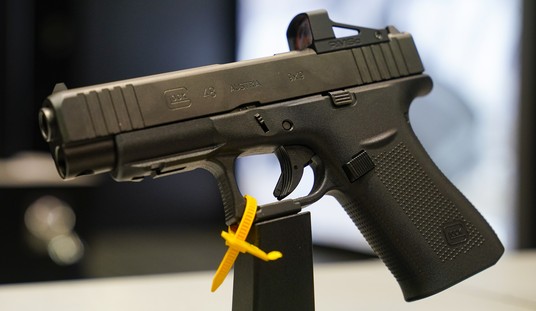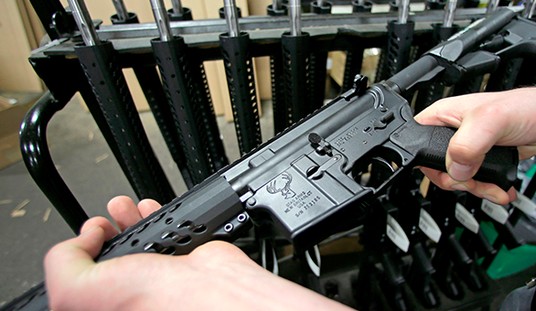My friends and I had the good fortune to have grown up and come of age in the 1960s and early 70s. Born in the late 50s, we were the last of the baby-boomers. Those two decades are largely remembered now for the social and political unrest that attended them because of the war in Vietnam, advances in civil rights, and the rise of the so-called counterculture. Despite that turmoil, those decades were also marked by the presence in our lives of men who had themselves grown up and come of age in times of even greater unrest and uncertainty: the Depression, and World War II. Formed in the crucible decades of the 1930s and 40s, and tested and tempered by service in five years of global war, these were the men whom Tom Brokaw would come to name the Greatest Generation.
When we were growing up, these men, whose early years had been marked by privation and service, were in the prime of their careers. They were our coaches, teachers, doctors, neighbors, Scoutmasters and Indian Guides leaders. They were the businessmen and leaders in our communities, the teachers and elders in our houses of worship, and the members of the Masons, Rotary, Kiwanis, Lions, and the chambers of commerce. They were the ones who taught us, in ways large and small, what it means to be a father, a husband, a good neighbor and a good citizen.
One of these men whom I was privileged to know was Colonel Al Parkman. Al Parkman’s first career was the United States Army. He served in Europe in WWII, and later in Korea. In the 1960s he returned to Europe with his family, to Germany, to help counter the Soviet threat. After thirty years, he retired from the Army, and moved to Texas. I first met Col. Parkman when his son Steve and I became friends in junior high school.
Like many of the men who helped to defeat the Axis powers, and then helped to shield and rebuild their shattered nations, Col. Parkman had a small trove of relics from his service overseas. This included several pistols of various types, one of which was a Walther Model 4. One of the lasting legacies of many of the men who served overseas is a first-hand familiarity with foreign-made firearms that was passed down to guys like Steve and me. I was fourteen, and Col. Parkman’s Walther was one of the first German-made pistols I had ever seen or handled. I was not to see it again for thirty-six years.
Recently Steve came to visit, and he brought with him the Walther, which he presented to me as a gift. The years had not been kind to the little pistol. After Col. Parkman’s death, his wife had stored a number of things in the garage, among them several pistols. Rust had destroyed the finish on the Walther, but in a testament to the quality of the workmanship that produced it, after I cleaned and oiled it, it fired and functioned without a hitch. I took it to a local gunsmith, and after much painstaking polishing, he reblued it.
The Model 4 is a blowback operated, single action automatic chambered in .32 ACP (7.65mm) with an eight round magazine. It was produced from 1915 to 1929, and approximately half a million of these little guns were produced, 250,000 of which were ordered by the Reichsheer (the German army) in WWI. There were four variations, and Col. Parkman’s pistol, a second variant, is a Reichsheer contract gun. Although anemic in stopping power even by most military standards of the time, the Model 4, like the Spanish “Ruby” type .32 ACP pistols used by the French in WWI was rugged, reliable, simple to operate and relatively easy to mass-produce.
The Model 4 is about four inches high by six inches long, and weighs about eighteen ounces. Because it is chambered for the .32 ACP round, the grip diameter is small, and the recoil is quite manageable. After I had the little pistol reblued, I took it to the range with my daughter. Although she has been shooting since age five, my daughter (like her mother) is petite. She finds many of my handguns a challenge to hold and shoot (although she’s proven herself to be game for anything that her brothers and I shoot, even if only once). After her first magazine through the Model 4, she turned to me with a big grin, and said “I want this one!” Between us, we put about 150 rounds through it that day, and it digested, fired and shucked each and every round without so much as a hiccup –pretty good for a pistol that is 90+ years old. The trigger has a little bit of creep, but the let-off is crisp and there is little overtravel. The accuracy is better than average for a pocket .32, and perfectly acceptable for defensive use. It’s remarkable to think that the little Walther has now been used by four generations of shooters, and but for being refinished, is just as it was the day it left the factory.
Now in their late teens and twenties, my children know very few of the Greatest Generation –most are now gone– but the Colonel’s Walther is a bridge for them to those men. It is a tangible and lasting reminder of that generation, its service, and its defeat of evil on multiple fronts.








Join the conversation as a VIP Member